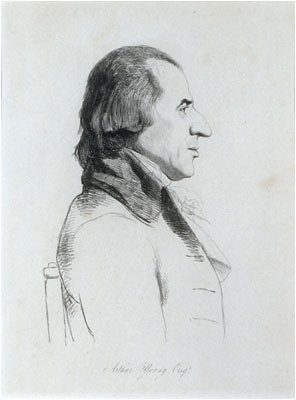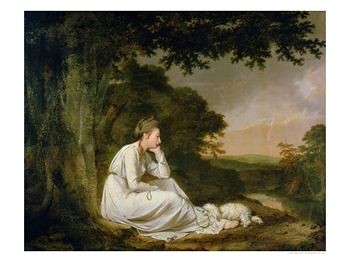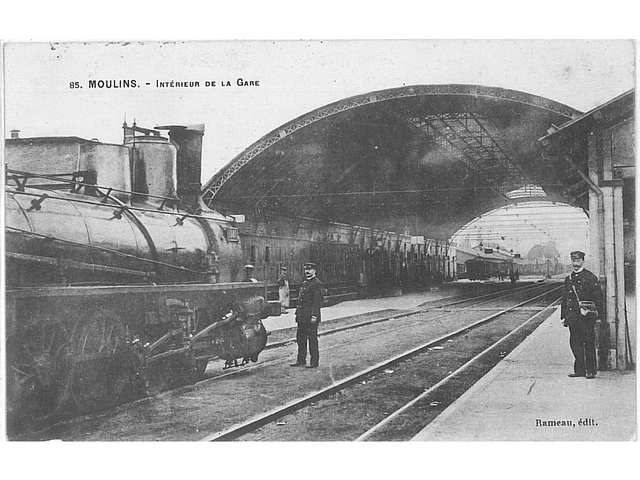Arthur Young : Voyages en France 1789

En ce XVIIIe siècle finissant, la ruralité des villes est encore importante, s'il faut entendre par ruralitas ce qui a trait aux champs, à la terre cultivée. Moulins, par son toponyme même, évoque les activités rurales. Aussi la présence en ville de paysans hommes et femmes qui exercent un métier différent des artisans n'est pas à démontrer1. C'est plutôt son importance numérique dans l'ensemble urbain qu'il reste à préciser. Mais pourquoi justement ce choix de Moulins?
C'est un chef-lieu d'une généralité “ méditerranéenne ”, selon Necker soit au milieu des terres du royaume , situé à 7 jours de marche de Paris et à 3 ou 4 jours de Lyon, selon les avocats rédacteurs des cahiers de doléances en 17892. Il est relié par une route de poste à Paris et au Rhône via Roanne; un embranchement permet de rejoindre Clermont-Ferrand et le Massif Central, Limoges et la Marche et d'autre part, Autun et la Bourgogne. Ville carrefour, elle n'en reste pas moins bien ancrée dans une France que nous qualifierons de profonde. Cette ancienne capitale princière apparaît à un voyageur du XVIIe siècle comme un jardin3, tandis qu'un siècle et demi plus tard, Arthur Young la trouve mal bâtie4, dans son val fertile entre un bocage riant à l'Ouest et les étendues mal drainées de la Sologne bourbonnaise à l'Est. Les 13 000 habitants se partagent inégalement entre deux paroisses rurales St-Pierre d'Yzeure et St-Bonnet, qui ont chacune leur annexe en ville (St-Pierre des Ménestraux et St-Jean), ainsi cette ruralité se trouve renforcée par l'administration du clergé. Quelle place ceux qui ont comme métier de tirer de la terre des denrées vitales occupent-ils dans la cité5? Mais les ruraux ne sont pas tous des paysans.
Michel Naudin





